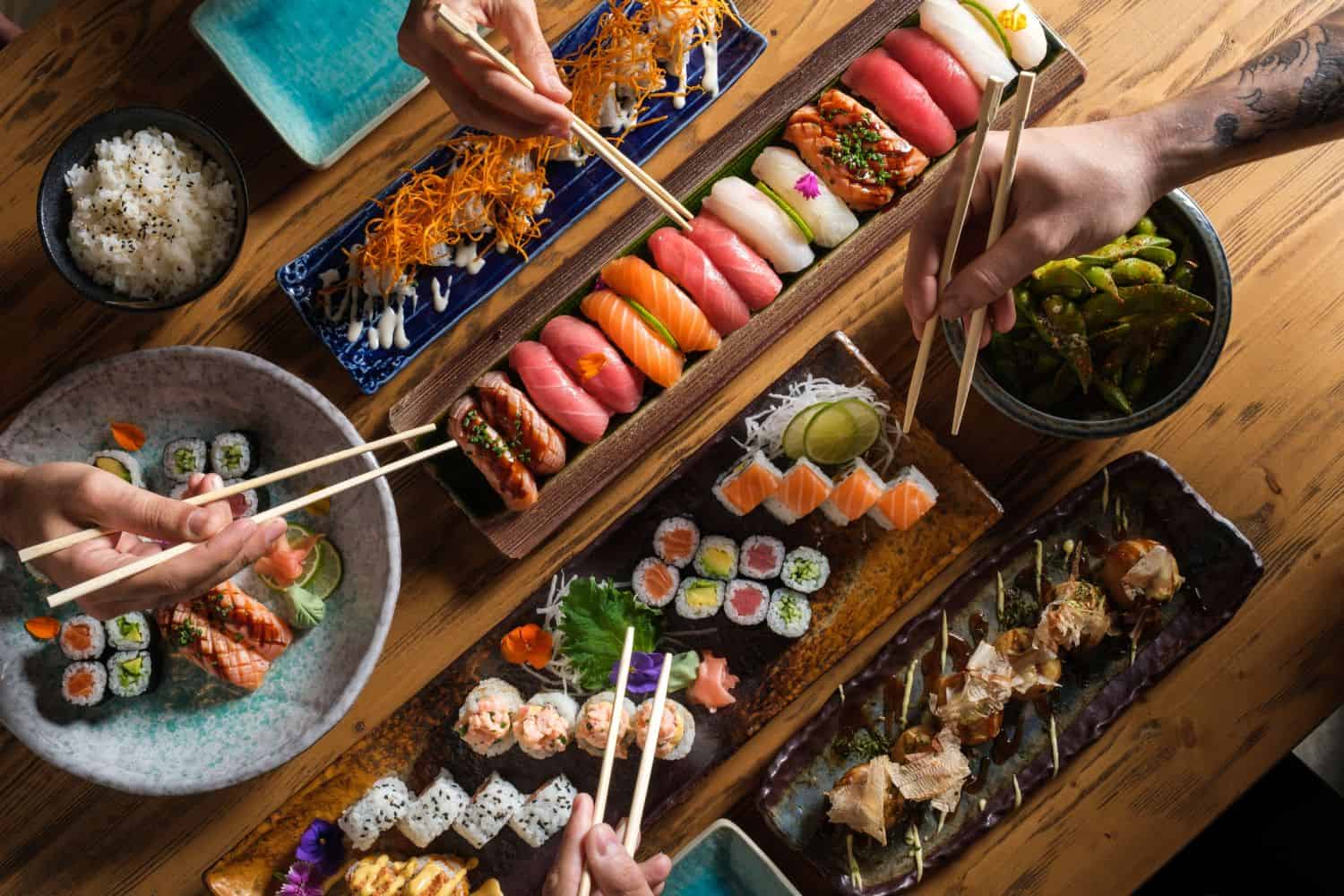The country’s fish and seafood sector saw an increase in exports in 2024.
South Africa’s fish and seafood sector has grown over the last year, with the sector showing significant export performance. A report by consumer and data science company Eighty20 shows that people’s preference is varied, with some enjoying sushi, while others choose tinned fish.
The report was diving into consumer trends in retail and brand preferences across income levels.
Andrew Fulton, Director at Eighty20, said sushi sits right at the intersection of the country’s consumer trends. He attributed this to sushi being fast, fresh and aspirational.
ALSO READ: Who’s dumping mountains of vrot fish to pose health risk?
Fish exports
The report highlighted that the sector saw an 8.6% increase in seafood exports in 2024, reaching R9 billion.
“Exports were led by fresh fish (40% of SA exports) and molluscs like cuttlefish and abalone (30%), with key markets including Spain (25.5%), Italy (18.2%), and the US (9%). The US dominates fresh whole fish imports, consuming 60% of South Africa’s fresh exports.”
Fulton added that seafood imports totalled R5.4 billion, with Namibia, Norway and China leading as suppliers. “Norwegian exports to South Africa are predominantly fresh salmon, 82% of fish exports, a reflection of the growing sushi market, both in grocers and restaurants.”
Sushi or tinned fish?
He added that due to sushi gaining popularity, retailers have adapted fast, as local grocers are offering prepackaged sushi-to-go.
A prepackaged sushi-to-go ranges from R100 to R140, depending on the type, portion and retailer.
ALSO READ: Fish and chips to cost more in SA as shortage hits the industry
“Sushi also holds 6% of the national restaurant category share. One of the first sushi restaurants to open in South Africa was the legendary Minato Sushi Bar just off Long Street (Cape Town) in 1996 by Hatsushiro Muraoka, also fondly known as Papa San.”
While the country’s appetite for ready-to-eat sushi continues to grow, the broader fishing industry has delivered mixed performance, with modest growth overall.
“Export markets have remained relatively stable, particularly for premium products like abalone and lobster, but profitability pressures have intensified across major players.”
Tinned fish remains a national staple
Fulton added that tinned fish remains a national staple. Their data show that two-thirds of South Africans buy tinned fish monthly across all incomes, owing to demand for affordable shelf-stable protein due to cost-of-living challenges.
While tinned fish consumption matches LSM and SEM distribution, brand loyalty is clear, with John West and Mayfair represented more in higher-income groups, while Koo and Lucky Star are mostly consumed in the mass market, even though Oceana, owner of the Lucky Star brand, recently pointed out growth at retailers such as Woolworths.
The sector also delivers unexpected stories. Lesotho exported more than R12 million in fish to the US in 2023 and has previously shipped sushi-grade fish to Japan.
“As global demand continues and local preferences evolve, South Africa’s seafood economy is proving both adaptable and essential, connecting traditional staples to modern convenience and international trade.”
NOW READ: Oceana on Lucky Star’s decline and canned chicken livers and noodles being on the cards
